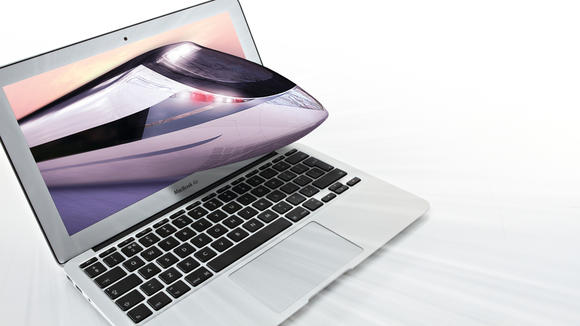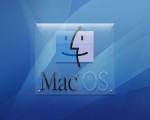In the ‘instant’ world we live, there is no time for slowing down anytime or anywhere. A slow working computer is a problem faced by almost all of us at some point of time or the other, and can really be very frustrating when you’re trying to do some important work.
Here are some tips you can follow to maintain your Mac at good speed; they are basic maintenance things you can do.

- Restart your Mac very often: A Mac running OS X can go on for a good long time. If you enter ‘uptime’ in launch terminal, you can see how long it has been since the last reboot. When you restart, a lot of useless stuff will be flushed out and will increase speed.
- Desktop Cleanup: Having a lot of files and folders on your desktop will certainly slow it down. Get rid of the clutter and you will notice the change in speed almost immediately.
- Hard Drive Cleanup: There may be a lot of files and folders on your hard drive that you no longer need, just caught in a time warp! Delete them or archive them if you feel you might need them at some time in the future.
- Increase RAM: This can certainly speed up your Mac.
- Reset PRAM: After shutting down the computer, wait for 30 seconds before turning it on. Immediately after that, hold down Control + Option + P + R, instead of the usual boot, you can see the screen light up, and play the Mac chime. When this is done thrice, release the keys. The computer will boot up.
- Remove unnecessary items form Startup: Too many items on startup bogs down the Mac. While booting, the applications on startup are being started as well, which takes a lot of time. Change the settings and start these manually only when you need.
- Restart Browser and Clear Cache: A browser running for a long time is apt to go slow. If it is crawling at a snail’s pace, restart your browser. If it is still slow, you can clear the cache. In Safari, you only need to go Safari>Clear Cache, but in Firefox, you have to go to Firefox>Preferences>Advanced>Network>Clear Now.
- Check your Activity Monitor: From Applications/Utilities, launch Activity Monitor, select My Processes, and click on % CPU. The items at the top of your list (say the first 10) are the ones taking up your CPU time and effort. If they are not urgent, you can close them and direct the CPU’s attention to what you need to do. Again, you can close down the applications which are not required for the work you are doing at the moment and are running in the background.
- The other thing you can do is order an internet package with higher speeds or change your hard drive to a faster one or an SSD (solid state drive).
